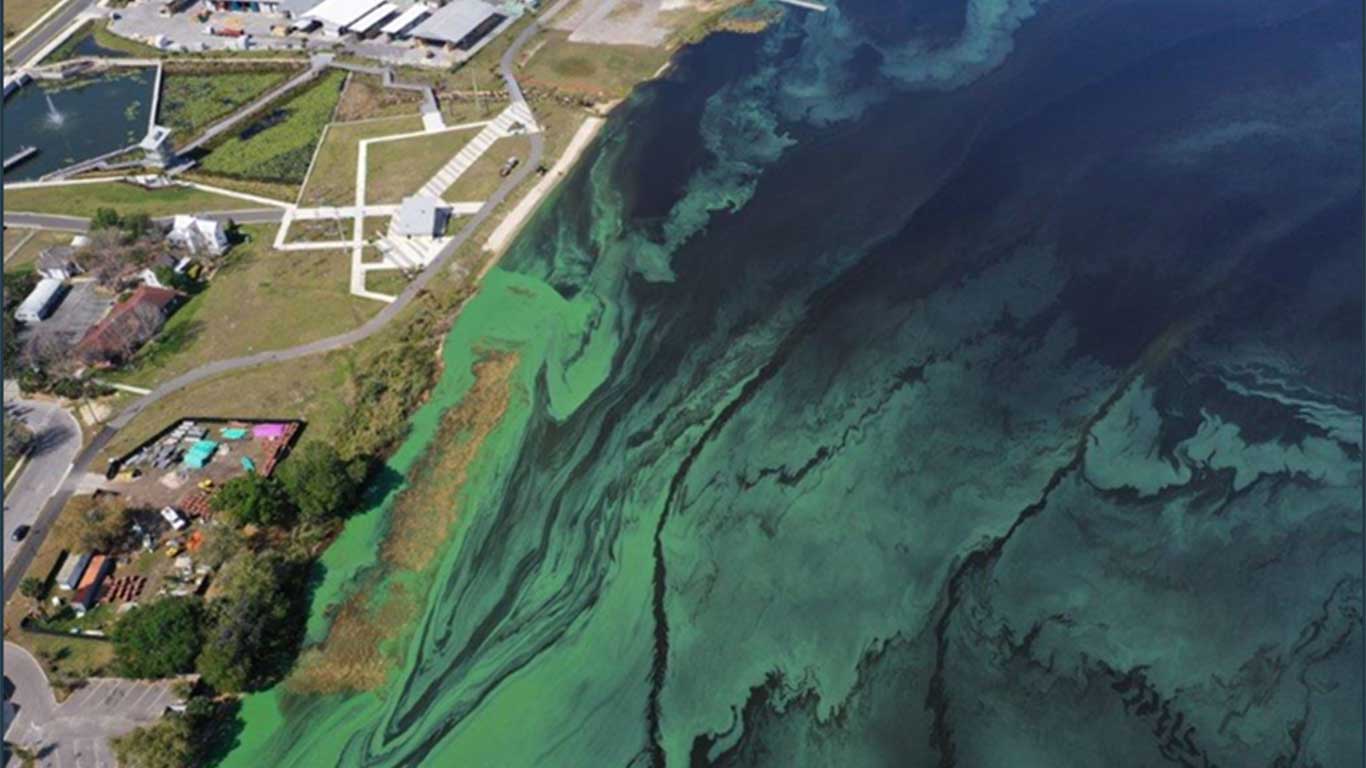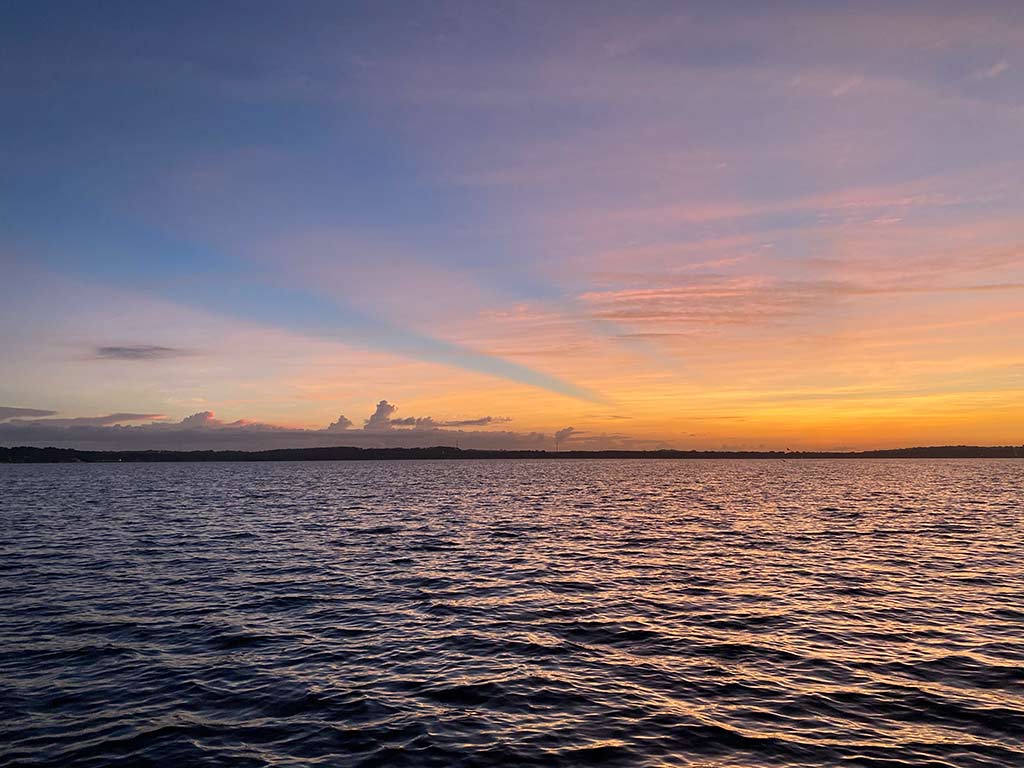Approximately 1 year ago, people walking along the shoreline of Lake Minneola began noticing blue-green algae.
It appeared that Lake Minneola, the third largest lake on the Clermont Chain of Lakes, was not healthy. The lake was suffering from an algae bloom, an increase in Total Phosphorus.

The addition of even a small amount of phosphorus to a water body can have negative consequences for water quality. Sources of phosphorus include soil and rocks, wastewater treatment plants, runoff from fertilized lawns and cropland, runoff from animal manure storage areas, disturbed land areas, drained wetlands, water treatment, decomposition of organic matter, and commercial cleaning preparations. Adverse effects include algae blooms, accelerated plant growth, and low dissolved oxygen from the decomposition of additional vegetation.
Several grants were awarded for innovative projects across Florida, including a pilot project to control, eliminate and possibly prevent algal blooms from forming in Lake Minneola, in Lake County.
Lake Minneola, which has been plagued with cyanobacteria, or potentially harmful blue-green algae, was a prime candidate for a pilot remediation project to combat harmful algal blooms.
The St. Johns River Water Management District entered into a grant agreement with the Florida Department of Environmental Protection (FDEP) to provide the support for contracting with BlueGreen U.S. Water Technologies, Inc. (BGWT) to test its technical ability to control and manage algal concentrations in Lake Minneola.
Using a combination of collected field data, water samples, and a hydrogen peroxide-based product, the BGWT pilot project has worked to identify algal-prone areas in Lake Minneola and then deploy its technology in strategic locations to reduce current or forming algal blooms.
The pilot project is expected to be in operation for at least six months.
Modica and Associates began a two-week monitoring period on Lake Minneola on Nov. 2. They collected water samples and readings at least three days a week, from Nov. 2 through Nov. 16. During that time, no algaecide was deployed in Lake Minneola.

Recently, there have been algal bloom sightings and treatments. The lake can be treated but the algae blooms will keep reoccurring until a link to the primary cause of the blooms can be identified and corrected. Lake Minneola is fragile, and its life remains uncertain.
Treatment events
To report algal blooms on Lake Minneola, please contact BGWT at minneola@bgtechs.com
To learn more, visit Lake Minneola Algal Project






